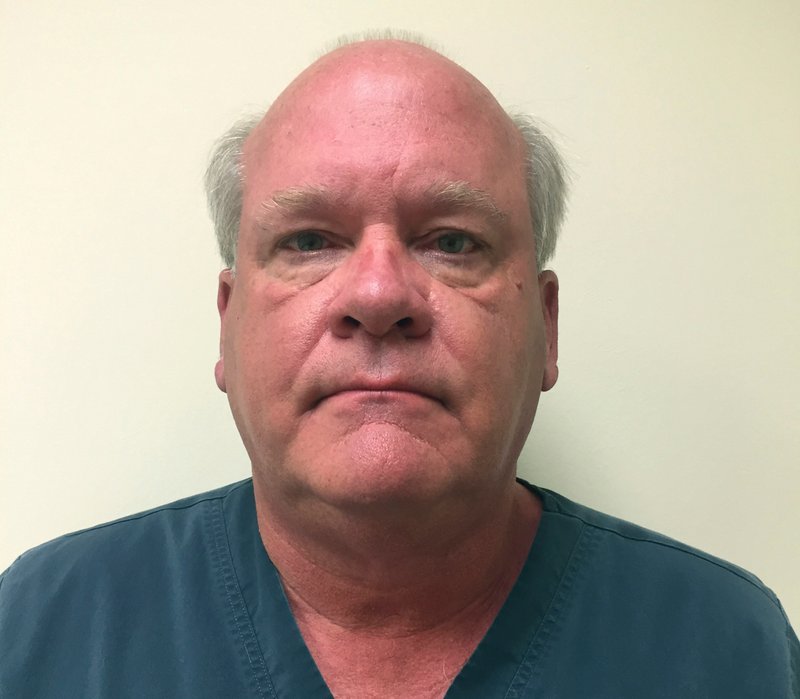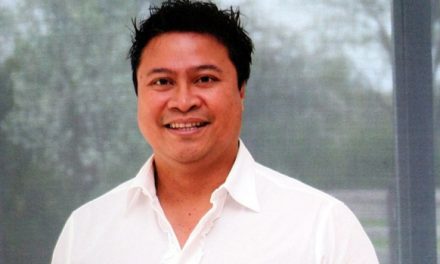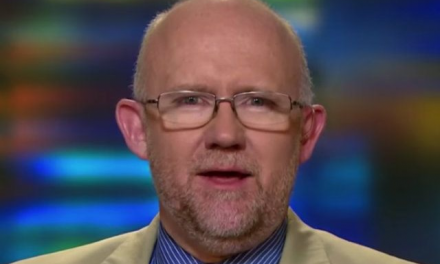According to a recent AP investigation, the world of medicine is often far more forgiving about sexual misconduct than it should be. And certainly more forgiving than we’ve seen in pop culture over the last few months.
If a doctor is found to have committed some type of misconduct, when and IF they are disciplined, “…the punishment often consists of a short suspension paired with mandatory therapy that treats sexually abusive behavior as a symptom of an illness or addiction.” 1 And this is often after multiple complaints, some spanning decades.
Case in point (WARNING: Graphic language below):
“The first time that Dr. Anthony Bianchi came onto a patient, California’s medical board alleged, the gynecologist placed a chair against the exam room door, put his fingers into the woman’s vagina and exposed his erect penis.
The second time, the board claimed, he told a patient that he couldn’t stop staring at her breasts and recounted a dream in which he performed oral sex on her in the office.
The third time, the board charged, he told a pregnant patient suffering from vaginal bleeding that she shouldn’t shave her pubic hair before her next visit, as he was getting too excited.”2
In the instance above, the state’s medical board did discipline the doctor in 2012 and 2016 but he was allowed to keep his medical license as long as he didn’t contest the charges. He merely had to seek therapy and refrain from treating women during his five years of probation.
Azza Abbudagga, a health services researcher with the nonprofit advocacy organization Public Citizen, recently published a report detailing sexual misconduct among physicians, finding that “…of the 253 doctors reported to the National Practitioner Data Bank for having been sanctioned by their respective hospitals or healthcare organizations for sexual misconduct, or paid a settlement that stemmed from such an allegation, 170 of them were not disciplined by state medical boards, even though all boards have access to the reports filed with the data bank.”3
Here are just a couple examples of how medical disciplinary boards have failed abused people:4
- After Dr. Gunwant Dhaliwal reached under Marissa White’s shirt and into her bra, grabbing her breasts, a jury convicted him of misdemeanor battery and Florida’s medical board concluded that his crime demonstrated his “lack of good moral character” and “lack of worthiness” to practice medicine. But despite that finding — and at least six other similar allegations made by women patients and employees, both before and after the incident with White, according to court cases and police complaints — Dhaliwal can still be found practicing at his Tampa-area urgent care clinics. His office manager said that the Florida board referred him to the state’s impaired physician network for evaluation but nothing came of it, “They did an evaluation and did not find anything wrong. They don’t do any treatment.” The office manager refused to provide her name.
- In Arkansas, Dr. Robert Rook was allowed to keep his family practice open as long as he’s chaperoned, despite facing multiple criminal charges for rape. Prosecutors subsequently downgraded the charges to more than 20 counts of sexual assault in the second- and third-degree, charges for which Rook says he is innocent.
- The Idaho State Board of Medicine in May reinstated the license of Richard Pines, a child and adolescent psychiatrist who lost his license in 2013 after the board accused him of having sexual relationships with four former patients, including taking nude photos of a 14-year-old and convincing the boys that he needed to practice giving naked massages to keep his medical license.
- Florida’s medical board allowed James Yelton-Rossello, a psychiatrist alleged to have molested jailed psychiatric patients, to keep his license. The settlement with the Florida board of medicine did not require Yelton-Rossello to admit guilt.
- Dr. Kamron Hakhamimi had his license revoked after the California medical board ruled his conduct constituted abuse, neglect, and exploitation when he prescribed powerful drugs to a woman he met online and then had sex with her; he had previously pleaded no contest to a pair of misdemeanor charges stemming from the incident. But the board stayed the revocation in favor of seven years’ probation and a requirement that he complete an ethics class and a course on professional boundaries, though the California Department of Health Care Services barred Hakhamimi from participating in any federally funded programs for 12 years.
Currently, the Federation of State Physician Health Programs represents doctor rehab programs in 47 states and its guidelines on how to handle sexual misconduct treatment are poor and inherently supposed to be “nondisciplinary.” This obviously does nothing to protect victims, give them justice or prevent the same thing from happening again. There’s institutional bias because doctors tend to try to protect other doctors as much as possible.
According to experts and victims, the harm committed by sexually abusive doctors is aggravated by the personal nature of the doctor-patient relationship.
Thanks to the sentencing of Larry Nassar a spotlight has been put on physician misconduct. However, in case after case, most doctors accused of sexual misconduct avoid a medical license review entirely and never face medical board discipline. How is that justice?












